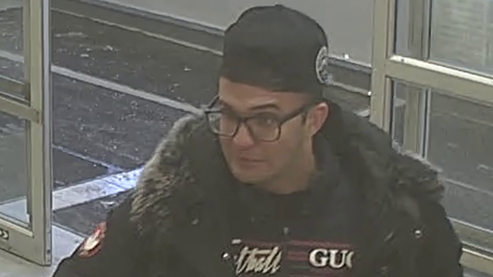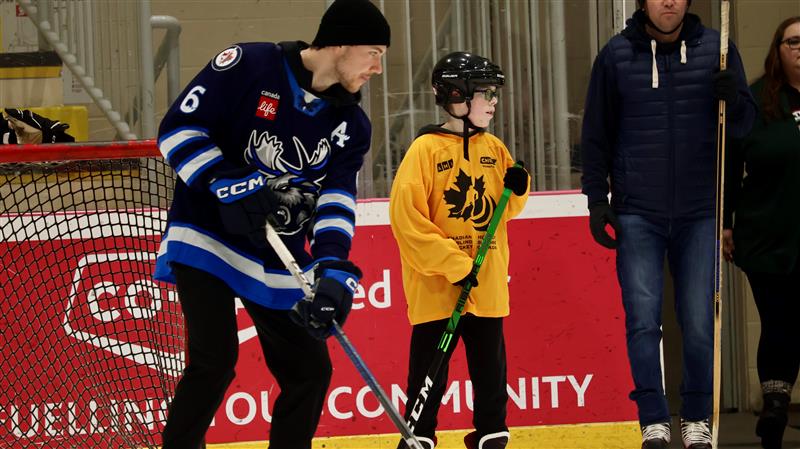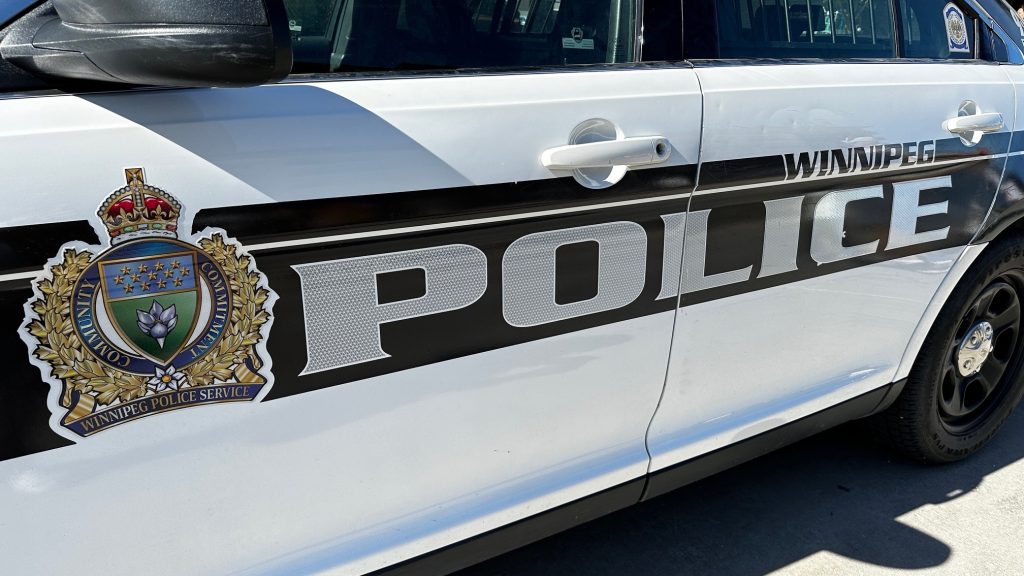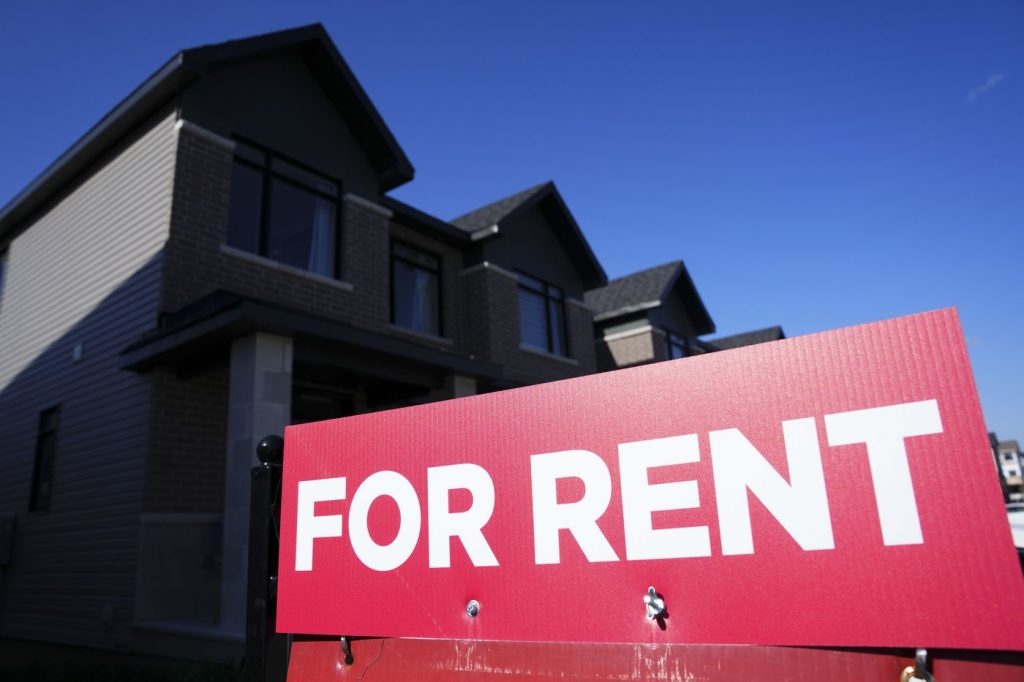Manitoba’s Progressive Conservatives lagging well behind NDP in opinion polls
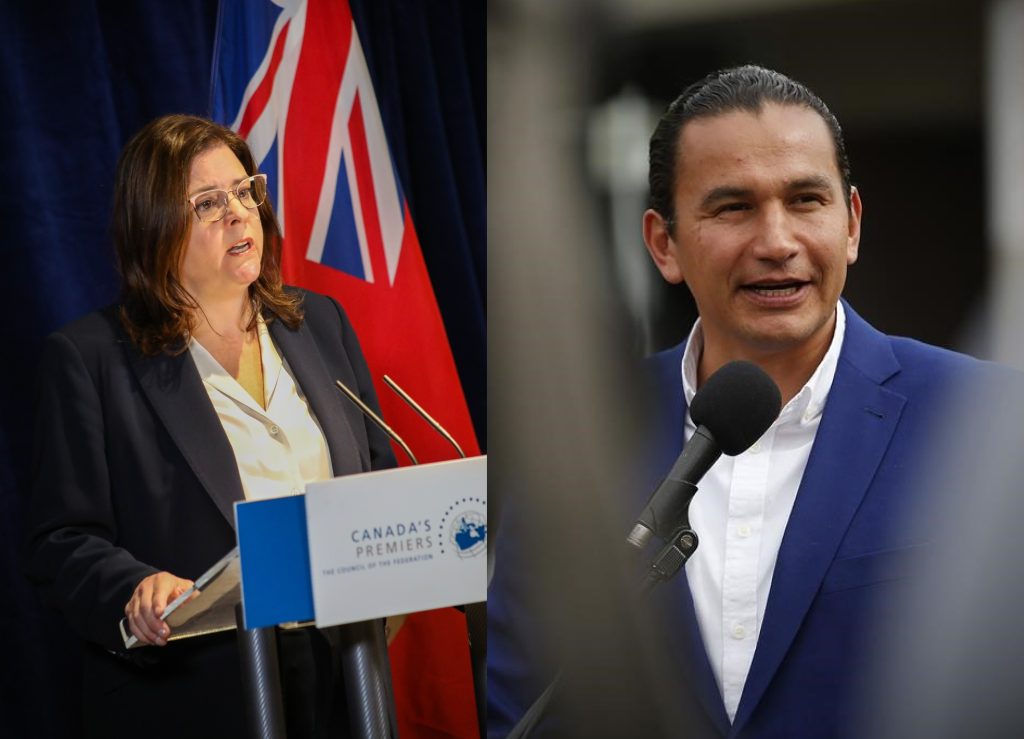
Posted December 28, 2022 10:45 am.
Despite a change in the premier’s chair, an economic rebound and new spending announcements, opinion polls suggest Manitoba’s governing Progressive Conservatives continue to lag well behind the Opposition New Democrats.
With an election set for Oct. 3, one veteran political analyst believes it will be a tall order for the Tories to turn things around.
“The public mood now is one of frustration, disappointment and anger, and that is not going to go away easily,” said Paul Thomas, professor emeritus of political studies at the University of Manitoba.
After winning two elections under Brian Pallister, Tory fortunes started to slip as COVID-19 case numbers rose sharply in the second wave of the pandemic. During the next wave, intensive care units were so overwhelmed that dozens of patients were flown to other provinces.
With ongoing long hospital wait times and surgical and diagnostic delays, the polling trend has remained steady. The latest quarterly poll by Probe Research Inc. suggests the NDP has a strong lead, especially in Winnipeg, where most legislature seats are. Monthly polls by Angus Reid say Premier Heather Stefanson is at the bottom of approval ratings among provincial leaders.
Stefanson, who took over as premier in November 2021, has loosened the purse strings and made many spending announcements. She’s promised more money for health care, including a $200-million plan to hire more professionals, cut wait times and ease workloads. Her government has issued cheques to low-income seniors and low- and middle-income families to help with inflation.
WATCH: Stefanson has lowest approval rating of all premiers
Kelvin Goertzen, the justice minister and Tory government house leader, said more help with inflation is coming.
“I think you’ll hear more about that in the new year, but this is a government that does want to help people as they struggle through a challenging time,” Goertzen said in an interview.
Thomas expects more spending in the spring budget, but said there is only so much the Tories can do.
“They’re up against limits of what they can promise, given their claim to be the financially responsible party in the province and what their voter base will accept,” Thomas said.
The Tories have also recently started to emphasize crime as a wedge issue, and have accused the NDP of not being willing to protect public safety.
READ MORE:
- Manitoba NDP Leader Kinew rejects accusation he would defund police
- Manitoba Premier Stefanson not ruling out early election
- Wab Kinew promises to boost health care, balance the budget
- Manitoba Premier Stefanson has lowest approval rating in Canada: poll
One thing helping the NDP in its bid to return to power is the fact the Liberals, who have three seats in the 57-seat legislature, have not seen an uptick in their polling numbers. The party often registers in the high teens or 20s between elections, but has been polling recently near 14 per cent. The NDP appears to have gathered all the anti-Tory sentiment
“(Liberal Leader) Dougald Lamont has been garnering some earned media attention _ some coverage _ but he hasn’t been able to move the dial in terms of support for the Liberal party,” Thomas said.
The New Democrats have also narrowed the fundraising gap with the Tories and have geared up for the election by nominating most of their candidates already. They have made affordability promises such as freezing electricity rates, but have yet to explain how they would do so.
New Democrats have also not yet laid out how they would pay for their promises.
“If you look at the way the PCs are running things, there’s a lot of waste, and I think there is the opportunity to find some savings within government, and certainly within health care,” NDP Leader Wab Kinew said in an interview.
An NDP government wouldn’t reopen Winnipeg emergency departments that were downgraded to urgent care centres under the Tories, Kinew said, but would bolster resources in the remaining ones and provide more support to hospitals and doctor’s offices.
Goertzen said there is a lot of time before the next election and voters will start to scrutinize the NDP as that day draws closer. He pointed to two recent byelections in Winnipeg where the Tories hung on to seats they have traditionally held, albeit by smaller-than-normal margins.
“What we saw in byelections in the last year is that Manitobans spent some time thinking also about ‘what does a NDP government look like? What did it feel like last time when they were raising taxes?”’ said Goertzen.
“Those decisions come … sharper into focus as we get closer to an election and that’ll happen again, I’m sure, this year.”
